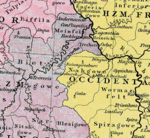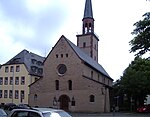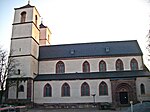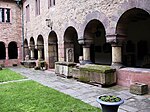Nibelungen Museum Worms
Buildings and structures in Worms, GermanyMuseums in Rhineland-Palatinate
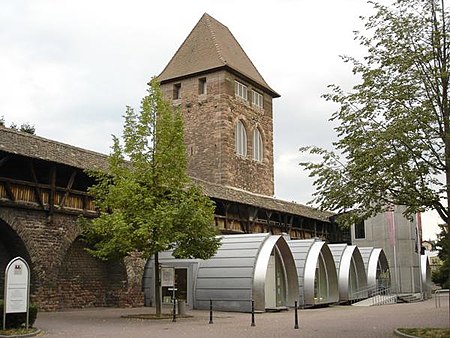
The Nibelungen Museum Worms in Worms, Germany, started in 2001 and is dedicated to the Nibelungensage. The museum integrates a part of the historical city wall of Worms as well as two towers from the 12th century. The audiovisual permanent exhibition examines the mythical character of the Nibelungensage. The premises of the museum are also used for cultural events, talks and symposiums.
Excerpt from the Wikipedia article Nibelungen Museum Worms (License: CC BY-SA 3.0, Authors, Images).Nibelungen Museum Worms
Fischerpförtchen,
Geographical coordinates (GPS) Address Phone number Website External links Nearby Places Show on map
Geographical coordinates (GPS)
| Latitude | Longitude |
|---|---|
| N 49.6294 ° | E 8.367 ° |
Address
Nibelungenmuseum
Fischerpförtchen 10
67547 , Worms-Zentrum (Innenstadt)
Rhineland-Palatinate, Germany
Open on Google Maps

